Choosing the color of a child’s room is one of the most important decisions parents face when preparing a living space for their child. This choice goes beyond mere aesthetics and decoration—it can have a profound impact on a child’s emotional state, cognitive development, and even physical health. Colors play a major role in creating a calming, motivating, and safe environment for children. In other words, they are not just visually pleasing but also carry deep psychological and behavioral effects.
Why Is Choosing the Right Color Important for a Child’s Room?
Children grow up in an environment that directly affects their emotions, creativity, and even sleep patterns. Colors can enhance feelings of calmness, energy, joy, or even anxiety in a child. Therefore, choosing the color of a child’s room must be done carefully and with awareness.
A child’s room is a space where they play, sleep, study, and seek peace. The environment of this room plays a vital role in the child’s emotional, mental, and even physical development. One of the key factors in designing this space is the appropriate use of wall colors and interior elements.
Colors don’t just reflect personal taste; they can influence a child’s mood, motivation, sleep quality, and even ability to concentrate. That’s why choosing the right color for a child’s room is a smart decision that requires knowledge, planning, and an understanding of the child’s personality and age.
Psychological Effects of Colors on Children
Below are some commonly used colors in children’s rooms and their psychological impacts:
- Blue: This color symbolizes calmness, stability, and intelligence. Using light shades of blue in a child’s room can help reduce stress and improve sleep quality. It’s a soothing color that helps reduce anxiety and increase focus, making it suitable for energetic children or those with sleep issues.
- Pink: Often chosen for girls, pink represents kindness and affection. It symbolizes love, calm, and tenderness. However, overuse can have a negative effect, so balance is important.
- Green: The color of nature and balance. It promotes a sense of freshness and supports learning. Green symbolizes nature and growth. It brings calm and emotional balance, and is ideal for children who need emotional harmony.
- Yellow: The color of joy and energy. When combined with softer tones, it can create a warm and pleasant space. Yellow represents energy, happiness, and optimism. When used in moderation, it can make the room cheerful and energetic.
- Purple: Associated with creativity and imagination. A great choice for children with artistic and intellectual personalities.
Neutral Colors: A Smart Choice
Using neutral colors like white, light gray, or beige can make a room look more spacious and provide a great backdrop for adding cheerful colors through decor and toys. These shades also grow with the child, meaning you won’t need to repaint the room as they get older. Gray or beige are neutral and versatile, easily blending with other colors. If you want to be able to update the room design later without hassle, neutral tones are a smart option.
Tips for Choosing the Color of a Child’s Room
- Child’s Age:
Infants respond better to soft, gentle colors, while older children may prefer brighter, bolder shades. Cheerful and energetic colors are more suitable for younger children, while teenagers might favor more mature and personalized tones.- Newborn to 3 years: Soft colors like light blue, Finnish green, or beige.
- Ages 3 to 6: Vibrant and energetic colors like yellow, pink, and green.
- Ages 7 to 12: A mix of soft and personality-driven colors (with the child’s input).
- Teenagers: More mature and sophisticated colors like gray, navy blue, and dark green.
- Natural Light:
The type of lighting in the room can significantly influence the appearance of color. Before making the final decision, always apply a sample to the wall and observe it in both natural and artificial light. It’s also helpful to view the color at various times of day, as sunlight intensity and angle can change throughout the day, affecting how the color looks.
Additionally, consider the color temperature of artificial lighting—warm, neutral, or cool tones—as each can alter the hue and mood of the space. Using consistent lighting during the testing phase ensures a more accurate idea of how the color will appear when the room is fully finished. This careful examination helps prevent surprises once the paint is applied, allowing you to choose a color that truly complements the room’s lighting conditions and desired aesthetic.
- Balanced Color Scheme:
Using a dominant color with complementary shades creates visual harmony by establishing a balanced and pleasing color scheme. Complementary shades, which are colors opposite each other on the color wheel, add contrast and interest without clashing, enhancing the sense of balance and cohesion. When paired thoughtfully, these colors can highlight key features, create depth, and evoke specific emotional responses. A combination of two to three colors in the room’s design—along with an accent color—can result in a lively and attractive space. If multiple children share a room, consider using different colors in each section to give every child a sense of personal space. Choose colors that blend well yet offer distinct identities. - Involving the Child’s Preferences:
For older children, include their preferences in the color selection to foster a stronger connection to their space. Wall decals with child-friendly patterns (like animals, stars, or cars) can create a fun and imaginative atmosphere. Temporary color elements (like colorful furniture, curtains, or rugs) are better than permanent wall paint, especially if tastes change. - Use Non-Toxic, High-Quality Paints:
Since children are in close contact with their environment, it’s crucial to use non-toxic and odorless paints. Eco-friendly or low-VOC (Volatile Organic Compounds) paints are essential for your child’s health. Choose washable and durable paint finishes (such as scratch-resistant wall paints). - Colors That Can Adapt as the Child Grows:
It’s wise to select a main room color that can evolve with the child’s growth and changing needs, avoiding the need for a complete repaint later.
Popular and Practical Color Schemes for Children’s Rooms
- Minimalist Scheme (White + One Main Color)
- Example: White + Turquoise
- Advantage: Clean, simple, and easy to update
- Ideal For: Parents who want a room that can evolve as the child grows
- Nature-Inspired Scheme (Green, Yellow, Brown)
- Example: Finnish Green + Fruity Yellow + Beige
- Advantage: Calming and inspiring atmosphere
- Ideal For: Children who love nature
- Bright and Energetic Scheme (Yellow, Pink, Blue)
- Example: Bright Yellow + Soft Pink + Blue
- Advantage: Fun and creative environment
- Ideal For: Young and energetic children
- Sophisticated Scheme (Gray, Navy Blue, White)
- Example: Gray + Navy Blue + White
- Advantage: Mature and intelligent look
- Ideal For: Teenagers and study areas
| Mistake | Solution |
| Using dark colors on all walls | Use light colors for the main walls |
| Not testing the paint color before final application | Test the color under different lighting conditions |
| Using toxic or strong-smelling paints | Use non-toxic and odorless paints |
| Focusing too much on the child’s gender | Choose colors based on the child’s personality and preferences |
| Using too many colors in one space | Limit the palette to a maximum of 3 colors (main, secondary, accent) |
A child’s room is a space for growth, peace, and joyful creation. A good color is not just a pretty shade—it’s one that resonates with your child’s emotions, inspires them, and brings happiness. 🎨👶🌈
Color Based on Gender?
In the past, parents often chose color of a child’s room based on the child’s gender—blue for boys, pink for girls. But this outdated mindset is gradually shifting. Today, many experts recommend selecting room colors based on the child’s personality, interests, and comfort—not just gender. If you want more personalized guidance on suitable colors for your child’s room, it’s a good idea to consult with interior designers or child psychologists.
Conclusion
Choosing the color of a child’s room is not merely a decorative decision—it plays a vital role in their emotional and mental development. By understanding the psychological effects of colors and considering your child’s specific needs, you can create a space that is peaceful, creative, and enjoyable. Remember, colors are the silent language of emotions—so let your child’s room be a colorful world of calm and joy.

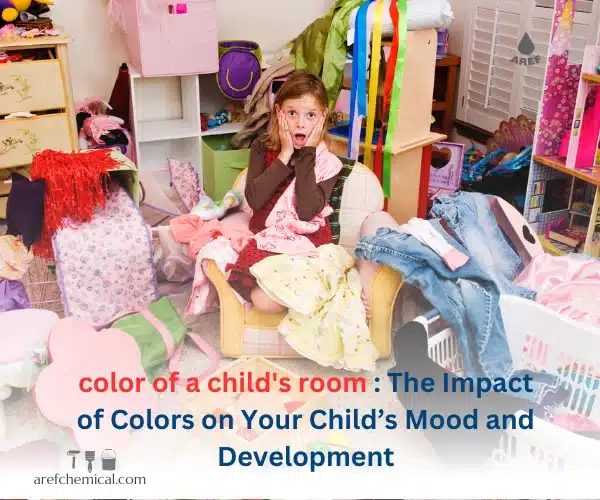
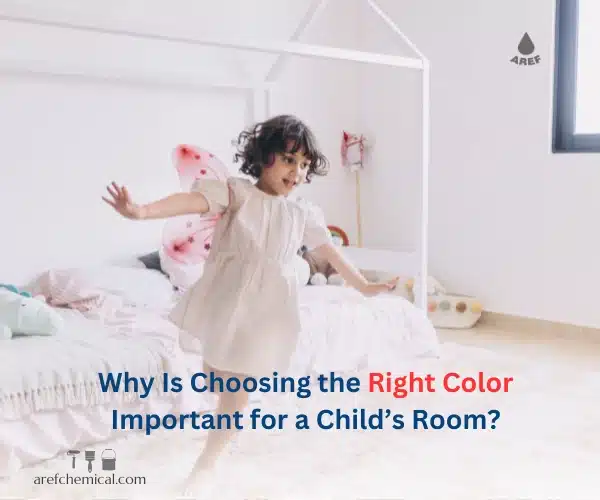
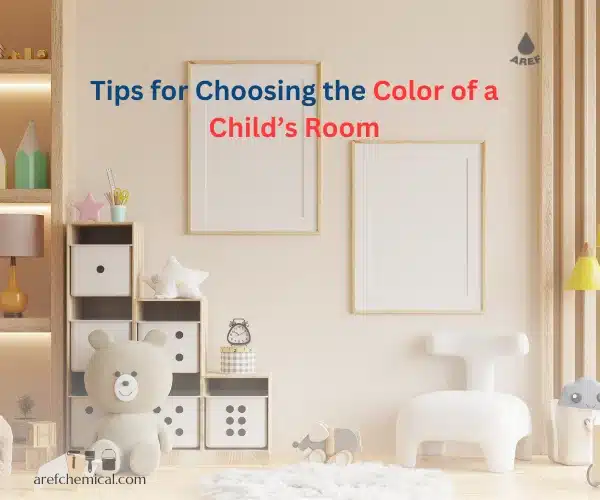
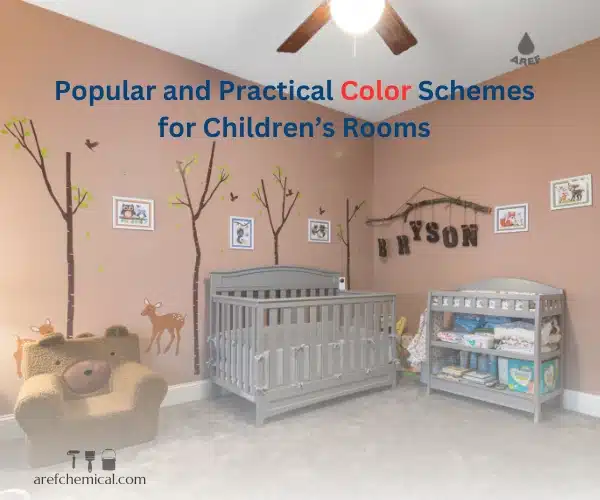
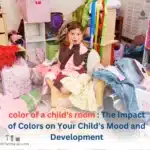

4 Responses
Good luck 🤞
You’re right
My bedroom is golden
Green is best color for bedroom